|
Instagram: @ximenaclavelli Facebook: www.facebook.com/ximenaclavelliwildjewelry Website: www.shop.ximenaclavelli.com
1. What's your story? Where are you from?I am Uruguayan, I was born in Montevideo and I lived there until 2011. I was raised in a family of artisans, so I had contact with materials very early. From a young age I became interested in ceramics. Along with my ceramic training I studied Visual Communication, and worked for some years in commercial photography. About three years ago I returned to ceramics with two new approaches that were new to me: one was to work on the native fauna as a theme, and the other was to turn my knowledge into the discipline for the creation of objects with a different use, jewelry. Yo soy uruguaya, nací en Montevideo y vivi ahí hasta el 2011. Me crie en una familia de artesanos, así que muy temprano tuve contacto con la materia. Desde muy joven me interesé por la cerámica. A la par con mi formación cerámica hice la carrera de comunicación visual y por algunos años me dediqué a la fotografía comercial. Hace tres años aproximadamente volví a la cerámica con dos enfoques que eran nuevos para mi, uno trabajar sobre la fauna autóctona como tema y el otro volcar mis conocimientos en la disciplina para la creación de objetos con un uso distinto, la joyería.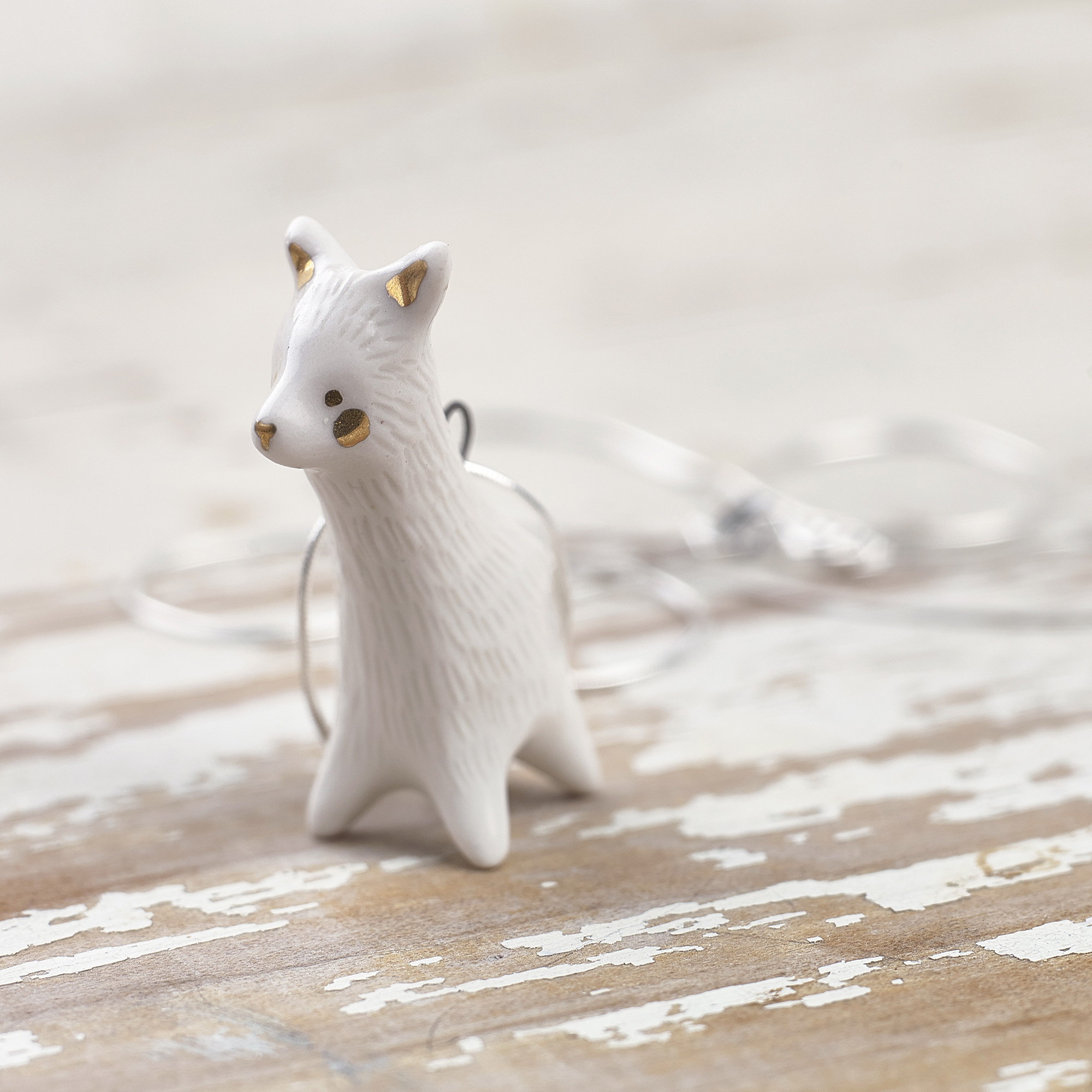
2. Tell us about your aesthetic.I believe the aesthetic of my work can be well-defined with two concepts that are minimalist and naif. I seek to portray animals in a synthetic way, which captures the essence of their shape and sometimes their character, simplifying their lines to those I consider fundamental to give them their identity. All of my pieces are modeled by hand without using almost any tool, so one of its distinctive features is that my fingerprints can be seen in the shapes. I like to define the shapes as traces of my hands. I also apply the minimalist character to the decoration, so I practically work with the natural color of porcelain and gold, nothing else. La estética de mi trabajo creo que se define bien con dos conceptos que son minimalista y naif. Yo busco retratar a los animales de una forma sintética, que capture la esencia de su forma y algunas veces de su carácter, simplificando sus líneas a aquellas que considero fundamentales para darle identidad. Todas mis piezas son modeladas a mano sin usar casi ninguna herramienta, por lo que una de sus características distintivas es que se ve mucho la huella de mis dedos en las formas. Me gusta definir las formas como huellas de mis manos. El carácter minimalista también lo aplico a la decoración por eso prácticamente trabajo con el color natural de la porcelana y el oro nada mas.3. What is your favourite medium and why?My favorite medium is ceramics, because I know it in-depth, I know what to expect from the materials, I can anticipate results and that gives me a lot of control. The truth is there is a characteristic of clay that has always fascinated me and it is its transformation. The difference there is between the material when we work with it and what we find when we open the kiln. In particular among the different techniques of pottery I am interested in working with high temperature pastes, and among them, with porcelain. Porcelain is to me a gemstone we can make custom. A malleable material that by the action of fire becomes a gem. To understand this you have to know that porcelain is fired at a very high temperature (1270º Celsius) and because of that the materials out of which it is made melt, a crystallization process is generated (as it happens with glass) which increases the density of the material. Once it is removed from the kiln, porcelain is a dense stone with a very special texture and color, and a sound like crystal. Mi medio favorito es la cerámica, porque la conozco en profundidad, se que esperar de los materiales, me puedo anticipar a los resultados y eso me da mucho control. La verdad desde siempre me ha fascinado una característica de la cerámica que es su transformación. La diferencia que hay entre el material cuando lo trabajamos y lo que encontramos al abrir el horno. En particular dentro de las técnicas cerámicas a mi me interesa trabajar con pastas de alta temperatura y entre éstas, la porcelana. La porcelana es para mi como una piedra preciosa que podemos hacer a medida. Un material maleable que mediante la acción del fuego se transforma en una gema. Para entender esto hay que saber que la porcelana se hornea a muy alta temperatura (1270º Celsius) por lo que los materiales que la componen se funden un poco por la acción del calor y se genera un proceso de cristalización como en el vidrio que aumenta la densidad del material. Finalmente al salir del horno la porcelana es una piedra densa con una textura y color muy especiales y con la sonoridad del cristal.4. What is your artistic process like?To work on animals from our fauna I always start from memories. An experience from a trip, or a childhood memory are triggers. I have photographed and seen foxes on my travels in Argentina, in national parks and roads. I have also seen them in cities in Europe; I am super interested in them as a symbol. First I draw, not the final drawings, but two or three sketches to become familiar with the animal shape. I draw those while generally looking at pictures found on the internet (or photos I've taken if I was lucky). And then I move on to volume. Sometimes finding the synthesis is super fast, sometimes it takes a while. 3D is to me the easier language, as it can be adjusted in the process. Once I get to a shape I like, I have to think how the repetition is going to be. And I need my hands to "memorize" the shape. It is a very special process, as hands remember the movements, the little gestures that define a shape or a volume and start generating a style. There are pieces I have made many times and I could make them with my eyes closed. Even though the pieces are replicated, there is a singular quality to each of them, that is something like the character of each animal created. To me they are creatures that appear between my hands, some are more serious, others are cute, it feels like playing with toys, to animate or to give life. Yo parto siempre de memorias para trabajar sobre algunos animales nuestra fauna. Una experiencia en un viaje, un recuerdo de la infancia son disparadores. Los zorros los he fotografiado y visto en mis viajes por argentina, en parques nacionales y carreteras. También los he visto en ciudades en Europa, me interesan mucho como símbolo. Primero hago dibujos, no son dibujos finales, son dos o tres bocetos para familiarizarme con las formas del animal, generalmente hago esos dibujos mirando fotos que encuentro en internet o fotos que yo saqué si tuve suerte. Y después paso al volumen. A veces es muy rápido encontrar la síntesis, otras lleva más tiempo. Las tres dimensiones para mi son el lenguaje mas fácil, porque se pueden ir ajustando en el proceso. Una vez que llego a una forma que me gusta, tengo que pensar como va a ser la repetición. Y necesito que mis manos “memoricen” la forma. Es un proceso muy especial, las manos recuerdan los movimientos los pequeños gestos que definen una forma o un volumen y van generando un estilo. Hay algunas piezas que ya las he hecho muchas veces y podría hacerlas con los ojos cerrados. A pesar de que las piezas se reproducen hay una condición singular en cada una, que es algo así como el carácter de cada animal creado. Para mi son criaturas que aparecen entre mis manos, algunas mas serias otras mas simpáticas, se siente como jugar con muñecos, animar, o dar vida.5. Who and/or what inspires your work?Nature is my source of inspiration, but nature in a particular way. Nature in tension with men, with civilization. If I think of images that move me, I think of some situations I've seen that are a symbol of that tension. Some years ago in Berlin, I saw a fox in a train station at dawn. The fox was standing on the platform, and it was some kind of uninvited passenger. I also remember a story on the news (on tv) some years ago when a cougar entered a petrol station and walked the food court among surprised and scared people. Poor cougar, it must have been scared too. I like those scenes because they make that notion of frontier between wildlife and civilization vibrate, and to me they are a symbol and metaphor of social relationships even more complex. Mi fuente de inspiración es la naturaleza, pero la naturaleza de una forma especial. La naturaleza en tensión con el hombre, con la civilización. Si pienso en imágenes que me conmueven pienso en algunas escenas que me toco ver que son símbolo de esa tensión. Hace algunos años en Berlín vi de madrugada un zorro en una estación de tren, el zorro estaba ahí parado en el anden. Era una especie de pasajero no invitado. También recuerdo una noticia que salió en la tele hace un par de años cuando un puma entro a una estación de servicio y recorrió el comedor entre la gente sorprendida y asustada. Pobre puma también estaría asustado. Me gustan esas escenas porque hacen vibrar esa noción de fronteras entre vida salvaje y civilización que para mi son un símbolo y metáfora de relaciones sociales todavía mas complejas.6. What role does art play in your life? How does it change the way you view the world?I believe my work is the way I find to transform ideas and feelings into something material. To me is not about communicating something but to find a space of identity in doing that makes me very happy. To me making things is not a system of thought, I simply enjoy the feeling of being in movement. Yo creo que mi trabajo es la forma que encuentro de transformar ideas y sensaciones en algo material. No se trata para mi de comunicar algo sino de encontrar un espacio de identidad en el hacer que me hace muy feliz. Para mi hacer cosas no es un sistema de pensamiento, simplemente me gusta esta sensación de estar en movimiento.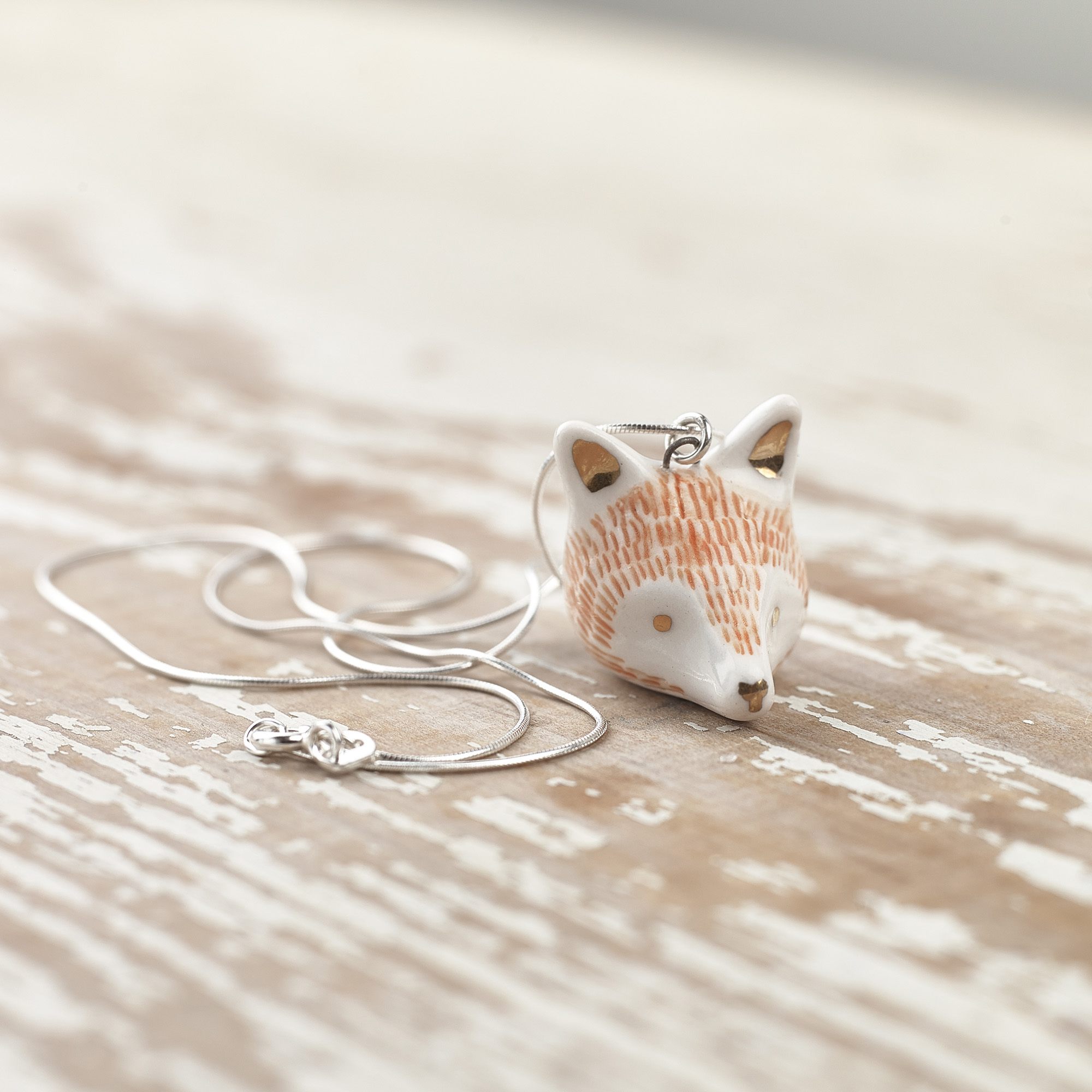
7. Where did you study?I studied in many places and continue studying. I majored in Visual Communication, and I also trained in ceramic workshops throughout my adolescence. I also studied photography and animation, all in universities, schools and workshops in Montevideo. Currently I am attending a jewelry workshop to learn the techniques of that trade. From that mixture of learnings comes what I currently do. Estudié en muchos lugares y sigo estudiando, hice la carrera de comunicación, pero también me forme en talleres de cerámica desde mi adolescencia, estudié fotografía y animación todo eso en universidades escuelas y talleres de Montevideo. Actualmente voy a un taller de joyería para aprender las técnicas de ese oficio. De esa mezcla de aprendizajes sale lo que hago actualmente.8. Where do you see yourself in five years?I think this process will continue as it is, leading the almost inevitable way that I do not control or plan much. Most probably I will keep working with wild life as a theme and ceramics as a language. I recently participated in the project of a school that carried some sculptures in its yard, hopefully in five years there is commission in another scale in process, I´d like that. Pienso que este proceso va a seguir como ahora, haciendo un camino casi inevitable que no controlo ni planifico mucho. Seguramente siga trabajando con la vida salvaje como tema y la cerámica como lenguaje. Hace poco participe de un proyecto de una escuela que llevaba unas esculturas en su patio, ojala en cinco años haya algún trabajo en otra escala en proceso, eso me gustaría.9. What about in ten?Just like in five but with more grey hair. Como en cinco pero con mas canas.10. What do you hope to achieve with your art?I understand my work as a way to introduce the wild life of our region. Knowing the species who live on our environment is a way to approach and bring people closer to the notion of conservation of the habitats these animals need to survive. I hope my work is a minimal contribution in this regard from the aesthetic sense. Entiendo mi trabajo como una forma de dar a conocer la vida salvaje de nuestra región. Conocer las especies que habitan nuestro entorno es una forma de acercar a la gente a la noción de conservación de los hábitats que necesitan estos animales para sobrevivir. Espero que mi trabajo sea una contribución minima desde lo estético en ese sentido.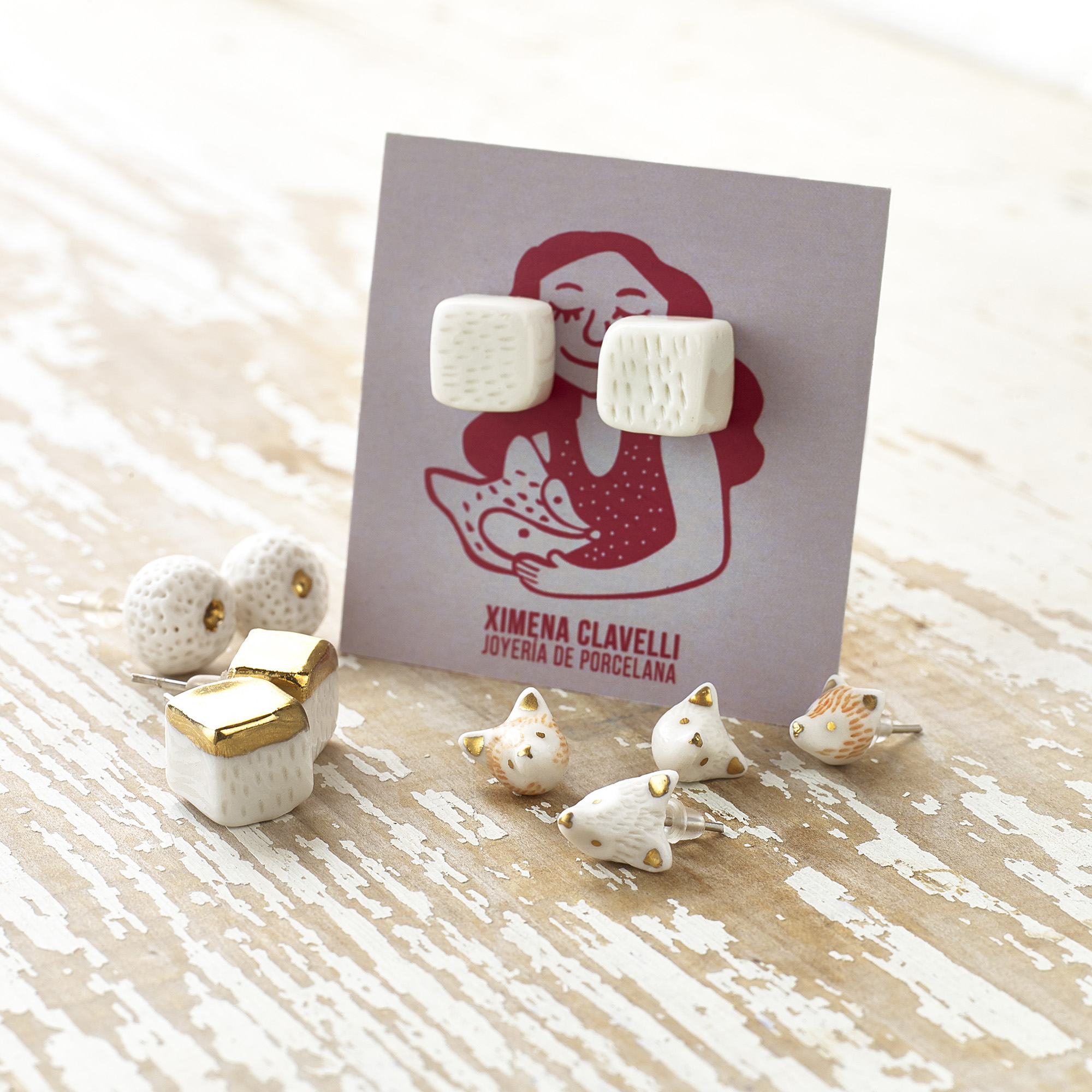
11. Now, tell us a little more about you as a person: what is your favourite food?I love meat, a steak with salad is my favorite meal. And I also really like sea food: I always went on vacation to a small fisher's town in the Uruguayan coast and have a great palate for fresh shrimp and just harvested mussels. Me encanta la carne, un churrasquito con ensalada es mi comida favorita. Pero también me gustan mucho los mariscos, siempre vacacioné en un pueblo de pescadores en la costa uruguaya y tengo un muy buen paladar para camarones frescos y mejillones recién recolectados.12. Favourite book?There is a story I read again every once in a while, written by Patrick Süskind: it is called The Story of Mr. Sommer. It tells the story about a boy who remembers when he was so light he could fly, half a dreamlike state and half a coming of age story. It's a very simple narration that I like a lot. Hay una historia que cada tanto releo, escrita por Patrick Süskind, se llama La historia del señor Sommer. Es la historia de un niño que recuerda cuando era tan liviano que podía volar, medio ensoñación medio historia de maduración. Es un relato muy simple que me gusta mucho.13. Favourite genre of music?Generally speaking I really like folklore, music which has a defined regional character to it. I am listening to a lot of tango and milongas ciudadanas. I love Zitarrosa, his music and poetry. I am also into brazilian music, I grew up listening to it. And rock, from everywhere. Music is inmense. I cannot choose a genre. En general me gustan mucho los folklores, la música que tiene un carácter local, algo que la diferencia o la identifica como propia de una región. Yo estoy escuchando mucho tango, y milongas ciudadanas, me gusta mucho Zitarrosa, su música y su poesía. También me gusta mucho la música brasilera, crecí escuchando esa música, y el rock de todas partes. La música es inmensa no puedo elegir algo.14. What are your hobbies?I dance, dance tango. That is my main hobby. Then I really like traveling, being outdoors, going to national parks where it is possible find and see fauna, trekking, camping. Yo bailo, bailo tango, ese es mi hobby número uno, después me gusta mucho viajar, me gustan los lugares al aire libre, parques nacionales donde haya posibilidades de ver fauna, hacer trekking, acampar.15. If you weren't an artist, what would you be?I would've liked to study many things, I wanted to be a film director (which is also an art), or a dancer. But I am also interested in politics and economy: I was this close to majoring in Economic Sciences. I'm terrible because I like many things a lot. I am still on time for a couple more college degrees. Me hubiera gustado estudiar muchas cosas, quise ser directora de cine, que también es un arte, o bailarina, jeje. Pero también me interesa mucho la política y la economía, estuve a punto de hacer la carrera de Ciencias Económicas, soy terrible porque me gustan mucho muchas cosas, todavía estoy a tiempo de un par de carreras más.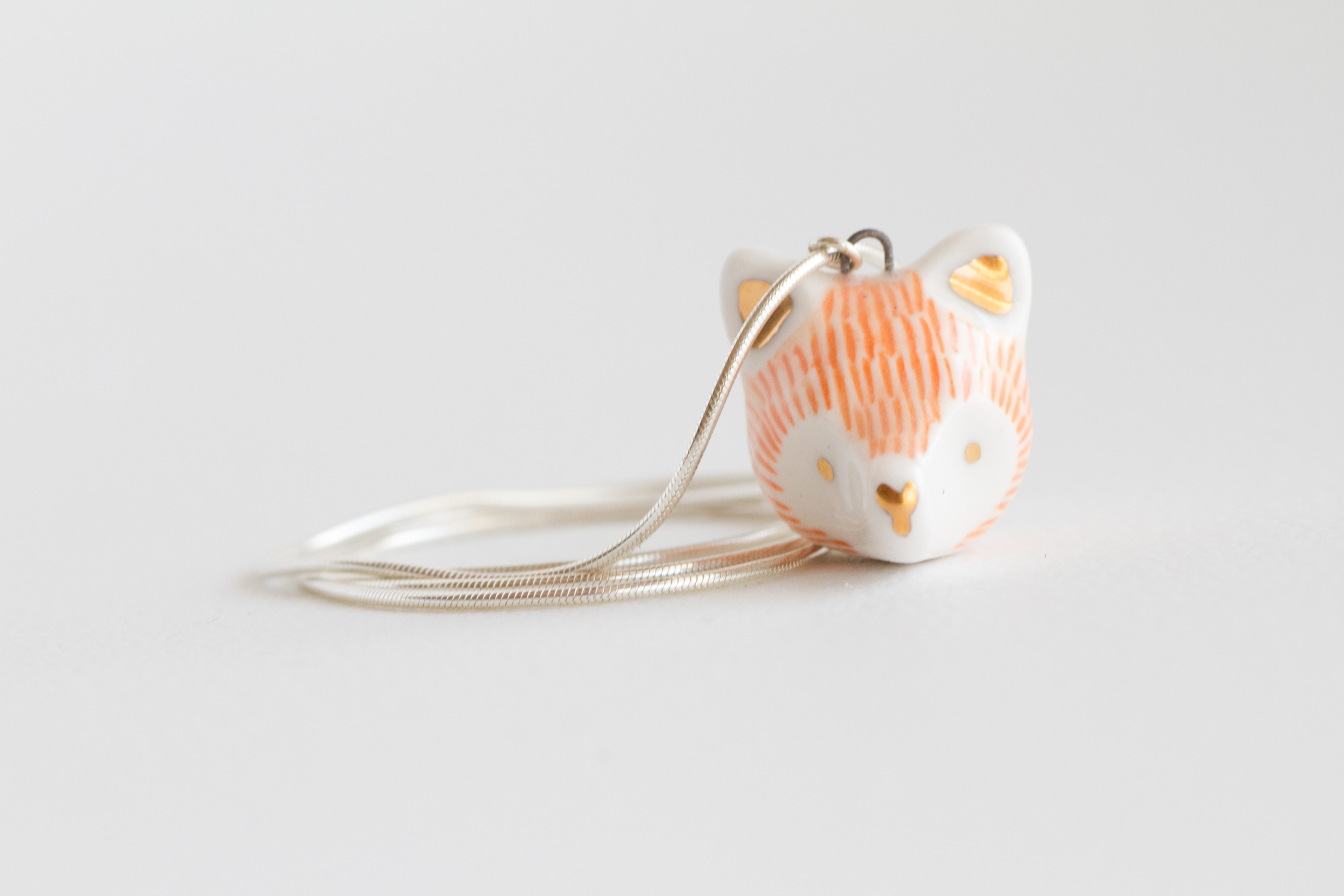 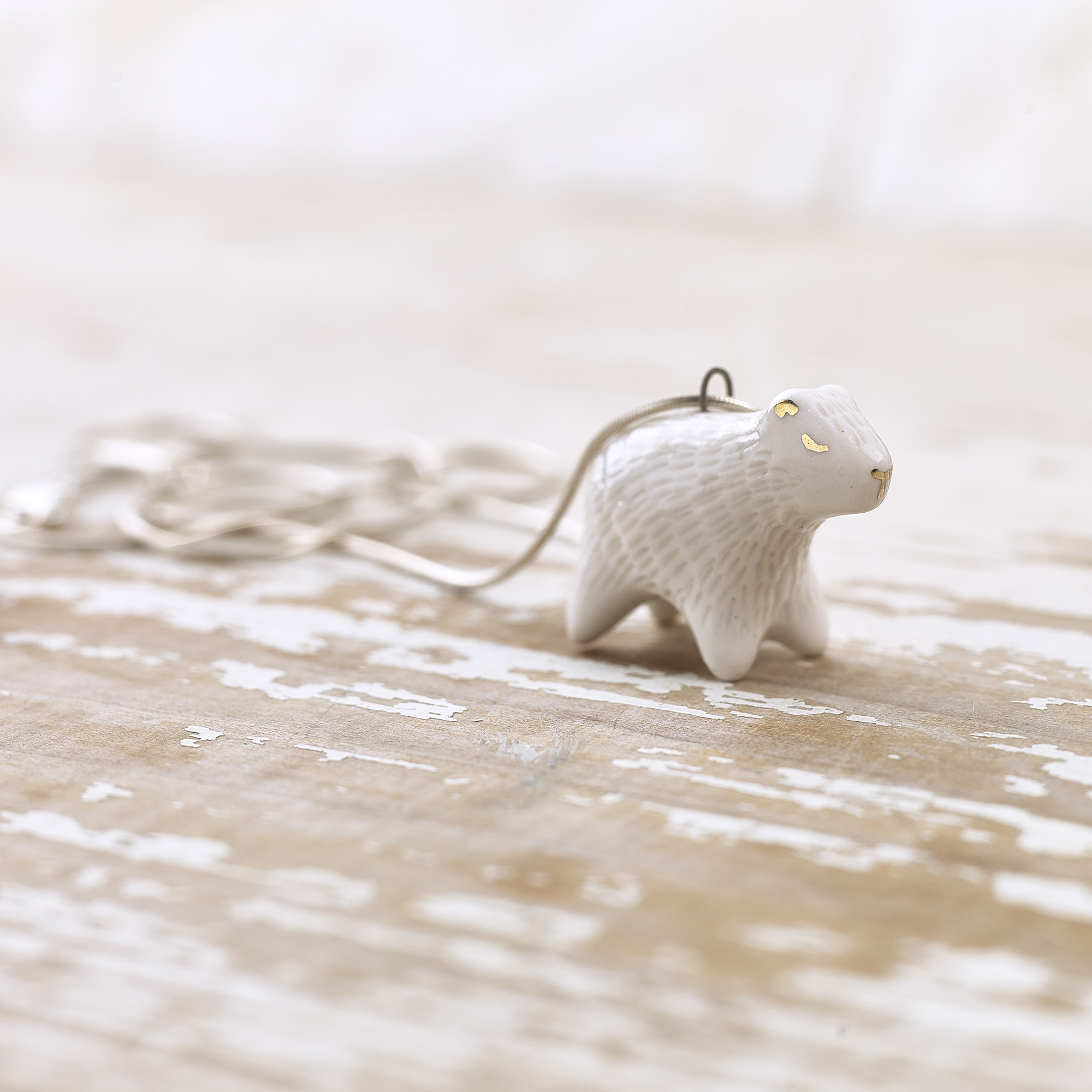 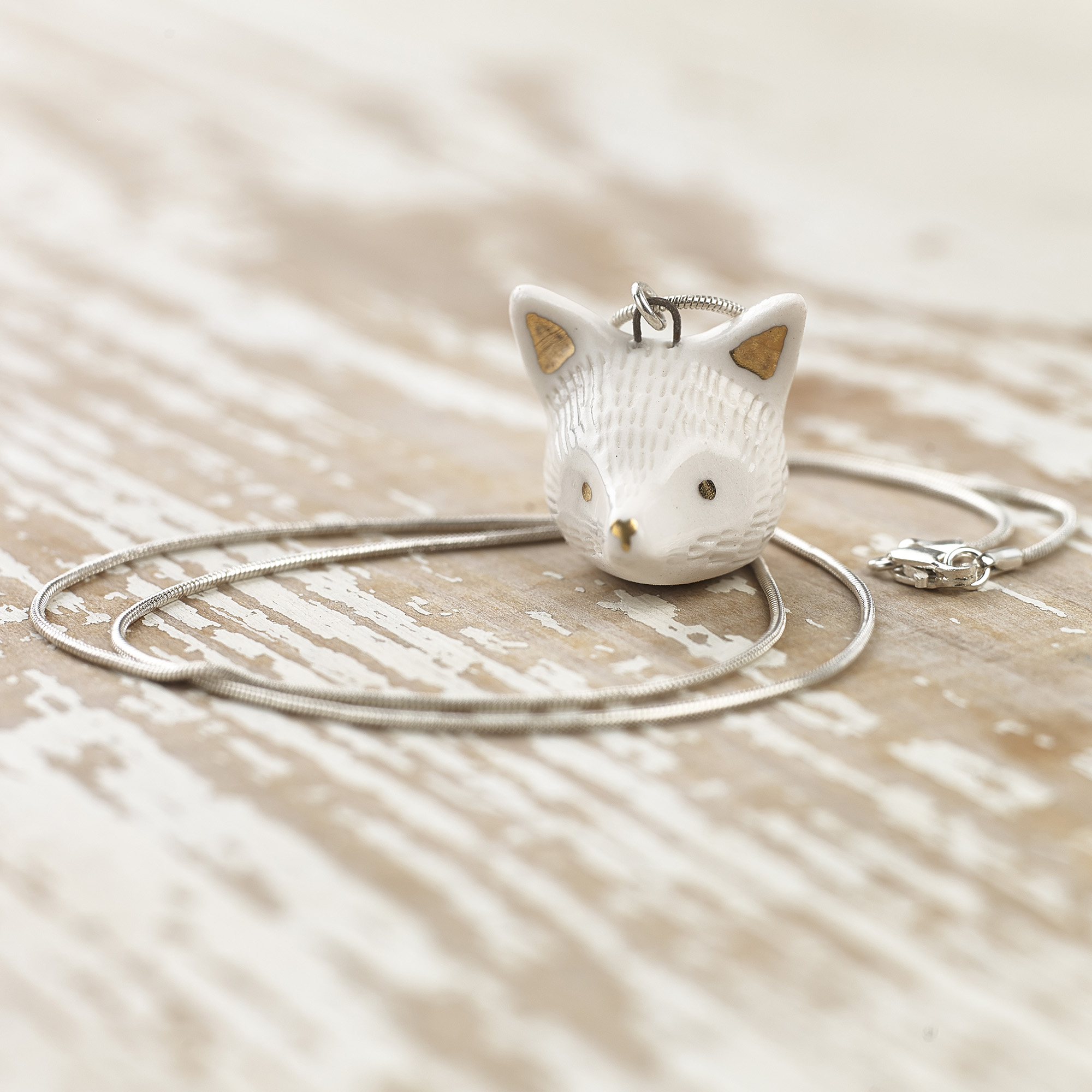 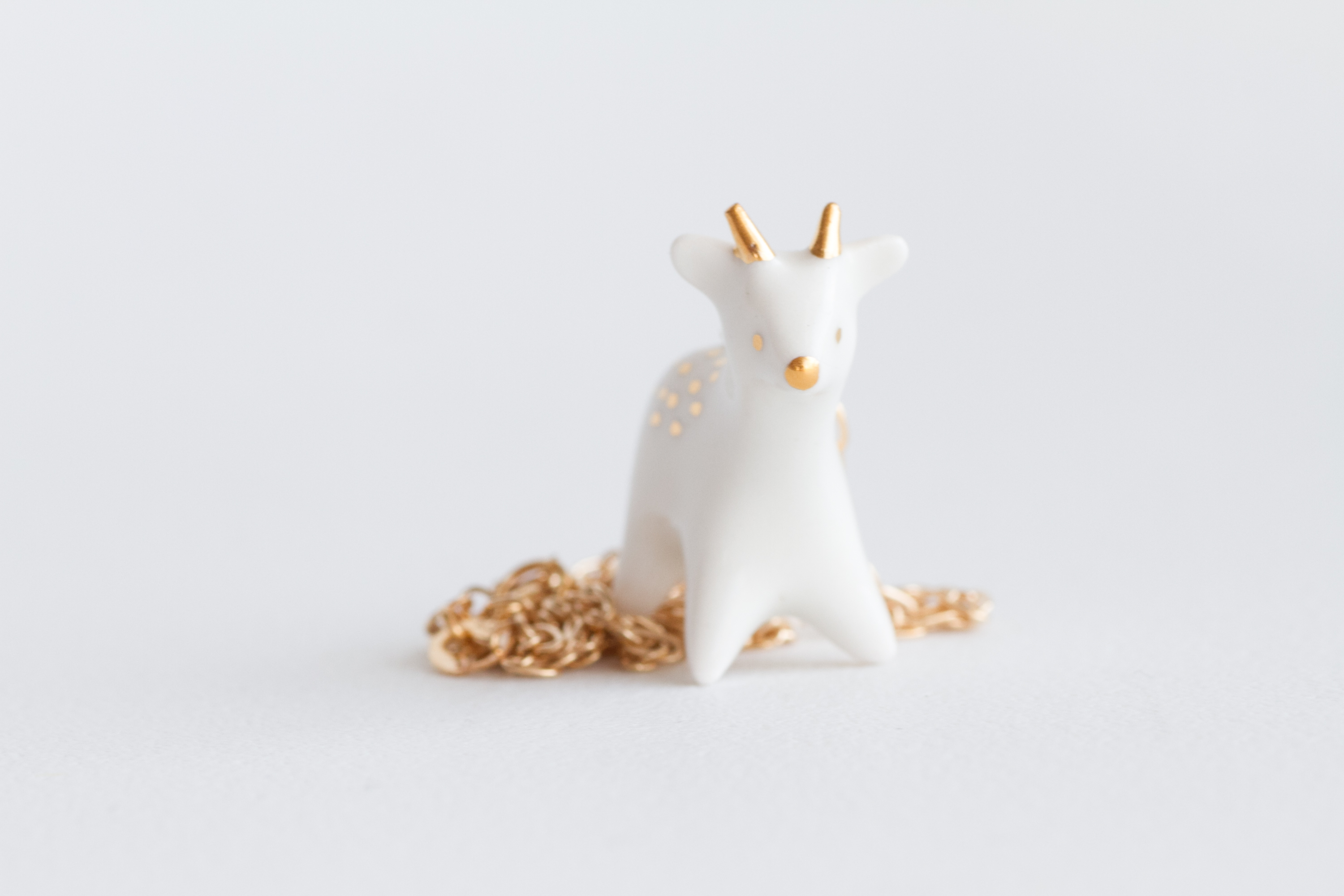 Curated by @inspiracion.pattern.ar, Ballpitmag Curator for Buenos Aires, Argentina Curated by @inspiracion.pattern.ar, Ballpitmag Curator for Buenos Aires, Argentina
Comments are closed.
|
